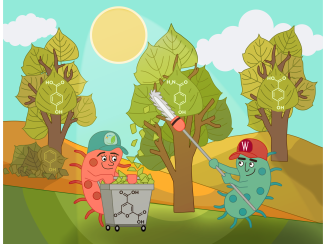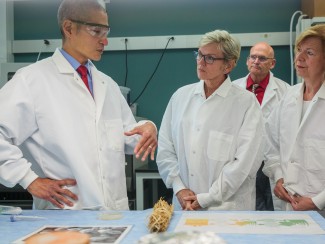$3.93 per gallon. 16-gallon tank. $62.88 to fill up. This is common math for holiday drivers who grudgingly foot the bill. The AAA estimates that 31.2 million Americans will travel this Memorial Day. Many will direct their frustration at station owners, oil companies or the government. But what factors cause these summer price spikes?
To call gas price fluctuations complicated is an understatement. But, here are some of the biggest causes according to energy experts and economists at the University of Wisconsin–Madison.
Yourself and other drivers–More traffic during summer and around holidays creates “demand shock”—an event that temporarily increases demand and isn’t accounted for in normal supply. Limited by refinery capacity, the amount of gasoline the U.S. can produce doesn’t change, or changes very slowly. When demand for gasoline suddenly increases, so will the price.
Clean Air – Twice a year the type of fuel you can buy at the pump changes from a winter blend to a summer blend, and vice versa. To reduce pollution and smog, the Environmental Protection Agency (EPA) started the Reformulated Gasoline Program in 1990. Summer grade fuels have different, more expensive additives that burn cleaner and release fewer toxic pollutants. These additives also help keep gasoline from evaporating in high temperatures and prevent harmful chemicals from being released into the atmosphere. Since this gas is more expensive to produce, it is more expensive to buy.
Global Crude Oil Prices – According to the U.S. Energy Information Administration, a refinery produces about 19 gallons of gasoline from each 42-gallon barrel of crude oil—the material that comes straight out of the earth. That’s 45 percent of each barrel going toward transportation fuels. The rest of the barrel is used for jet fuels, chemicals and other products.
Crude oil is traded on a global market and as its price goes up, the price of gasoline will too. The price of a barrel of crude oil in 2002 was $26.18. In 2012, it was $94.05. This is a large part of why average gas prices have risen from $1.36 in 2002 to $3.66 today. Individual station owners have very little control over the price of gasoline because they have no control over the price of crude oil.
What you can do to avoid frustration at the station
Check out gas price tracking apps for smartphones like Gas Buddy and avoid gas stations right off the interstate by finding cheaper prices nearby. Use Google Maps and MapQuest to plan routes that avoid high traffic and let you achieve optimal efficiency for your time and money. These actions can save precious pennies and reduce frustration from high gas prices, getting you on the road to your extended weekend getaway.
Drive safely!
With contributions and input from the University of Wisconsin–Madison’s Sheldon Du, Assistant Professor of Agricultural and Applied Economics, and Richard Shaten, Faculty Associate of the Nelson Institute for Environmental Studies.





